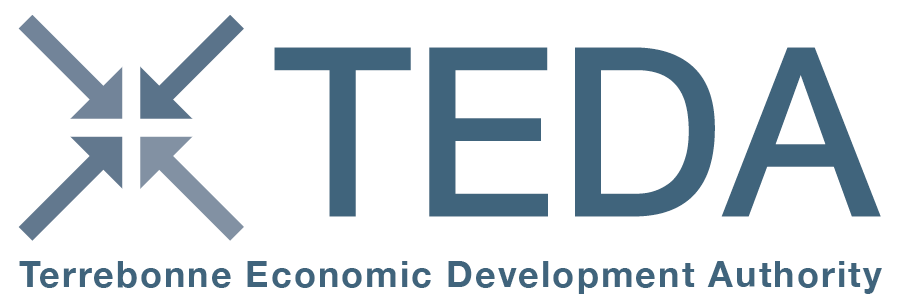The Gulf of Mexico will see an increase in drilling this year for the first time since an oil bust began in mid-2014, a new forecast says.
“We expect 2019 to be a strong year for the Gulf of Mexico,” William Turner, senior research analyst at the global energy consulting firm Wood Mackenzie, said in a news release. “In addition to exciting new project sanctions, which could usher in more than $10 billion of investment into the region, a couple of historic firsts set to occur next year could set the stage for years to come.”
Whether that translates into new jobs for Houma-Thibodaux, and how many, remains uncertain. But the report from the prominent consulting firm is among the most optimistic since a global crude glut sent oil prices plunging, stripping more than 16,000 jobs from the area’s offshore-oil-based economy.
Shell and Chevron will lead the way, but the actual growth in exploration will come from new entrants, Wood Mckenzie says in its report, “US Gulf of Mexico: 5 things to look for in 2019.” They include companies such as Kosmos Energy, Equinor, Total, Murphy and Fieldwood.
Two major projects serve as bellwethers for the Gulf overall, according to the report, released in mid-December.
-- Chevron’s Anchor project, about 140 miles south of the Gulf oilfield service hub at Port Fourchon, is poised for a final investment decision this year. If approved, it would be the first project using new ultra-high-pressure technology to reach that stage, the result of more than two decades of industry research and development.
“Anchor will be an important one to watch,” Turner said. “The sanction of Anchor will be a significant milestone for Chevron, Total and Venari but also marks a crucial point for the offshore industry as it enters the final frontier in deepwater development.”
Success at Anchor will lead to the next wave of mega-investment in the Gulf, as several other projects using the same technology are waiting to follow its lead. Wood Mackenzie predicts that if Anchor moves forward, more than $10 billion of investment could flow into the region.
-- Shell’s Appomattox development, about 200 miles southeast of Port Fourchon, is set to begin producing oil and gas this year. It will be the Gulf’s first production from a Jurassic reservoir, high-quality oil in sediments that date back about 150 million years. It also required new technology to reach greater depths at higher pressures.
“If the Jurassic roars to life in 2019, it could give operators greater confidence in the play’s potential,” Turner said. “However, if Appomattox disappoints, the Jurassic could continue to lie dormant. The wider region would also be missing an expected strong production growth contributor.”
The report is one of several that predict an uptick this year in the Gulf oilfield. All hinge, in large part, on what happens to oil prices, which are notoriously volatile and difficult to predict, with analysts’ estimates varying widely.
Louisiana economist Loren Scott’s annual economic forecast, released in late September, projects the Houma-Thibodaux metro area, comprised of Terrebonne and Lafourche parishes, will gain 700 jobs, 0.8 percent, this year. It will add another 2,100 jobs, 2.4 percent, in 2020, driven largely by gains in oil and gas. Scott’s forecast is based on oil rising from an average of $65 a barrel in 2018 to $80 a barrel by 2020.
U.S. crude ended 2018 at about $45 a barrel, down 25 percent, the first annual loss since 2015. The trend was similar for Brent, which ended the year at $54 a barrel, down 20 percent. Both ended last week about $3 higher.
In its annual forecast, the LSU Center for Energy Studies predicts increased activity this year but says in the short term the Gulf rig count will remain around 20, where it has been for months.
The Gulf Coast Energy Outlook, released in November, tempers its forecast for offshore job growth by noting what other economists and analysts have said for years. Specifically, it says companies have cut costs through innovation and efficiency, including increased automation and the use of tiebacks that run pipelines from sub-sea wells to existing platforms rather than building new ones.
“This is great news in terms of making the Gulf of Mexico more competitive for future production by lowering costs per barrel of production,” the report says. “However, these productivity gains also mean that fewer workers are needed for a given level of production.”
-- Executive Editor Keith Magill can be reached at 857-2201 or keith.magill@houmatoday.com. Follow him on Twitter @CourierEditor.

